Transportation

Driving in Turkey
In Turkey, vehicles drive on the right-hand side of the road. Istanbul, like many major Turkish cities, has a highly pedestrianised layout, which can pose challenges for drivers. Extra caution is essential—always be alert for pedestrians crossing or walking near the road.
Foreign nationals can drive in Turkey using a valid driver’s license from their home country. However, carrying an International Driving Permit (IDP) is strongly recommended, as it may be requested by traffic police during routine stops. IDPs can be easily obtained from automobile associations in your home country.
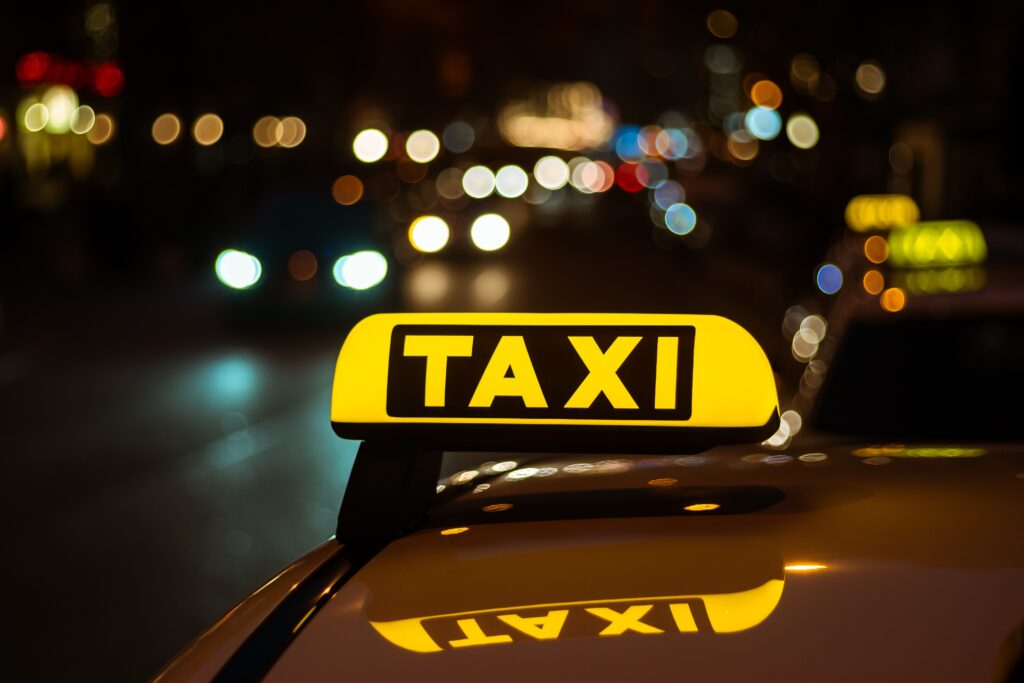
Taxis in Turkey
Taxis in Turkey are bright yellow and generally easy to spot, especially in busy urban areas. They are relatively affordable compared to many European countries, making them a convenient option for getting around.
Most taxis are equipped with meters that calculate fares based on the distance travelled. Always ensure the meter is running when your journey begins to avoid misunderstandings.
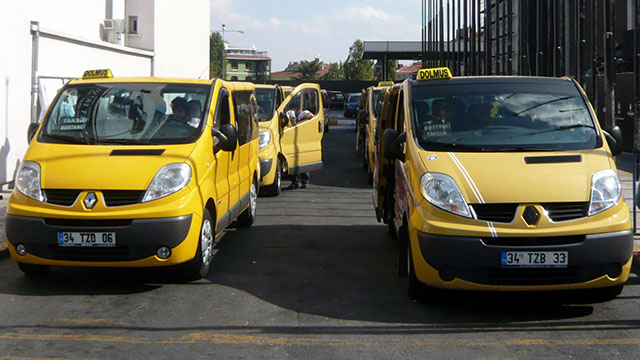
Dolmuş (Shared Minibuses)
In addition to regular buses, Turkey offers dolmuş services—shared minibuses that are a popular, low-cost way to travel around cities and towns. Dolmuş vehicles follow fixed routes but operate with more flexibility than standard buses, often stopping anywhere along the way to pick up or drop off passengers.
You can flag down a dolmuş from the roadside much like a taxi, especially near signs marked “Dolmuş Durak”, which indicate common stopping points. When you board, find a seat and pass your fare to the driver through the other passengers. Don’t worry—this is a normal and efficient routine.
As your stop approaches, let the driver know by saying “İnecek var” (pronounced in-a-jeck var), which means “Someone wants to get off.” While dolmuş rides include frequent stops, they are often faster, more direct, and even cheaper than regular buses—making them a favourite among locals.
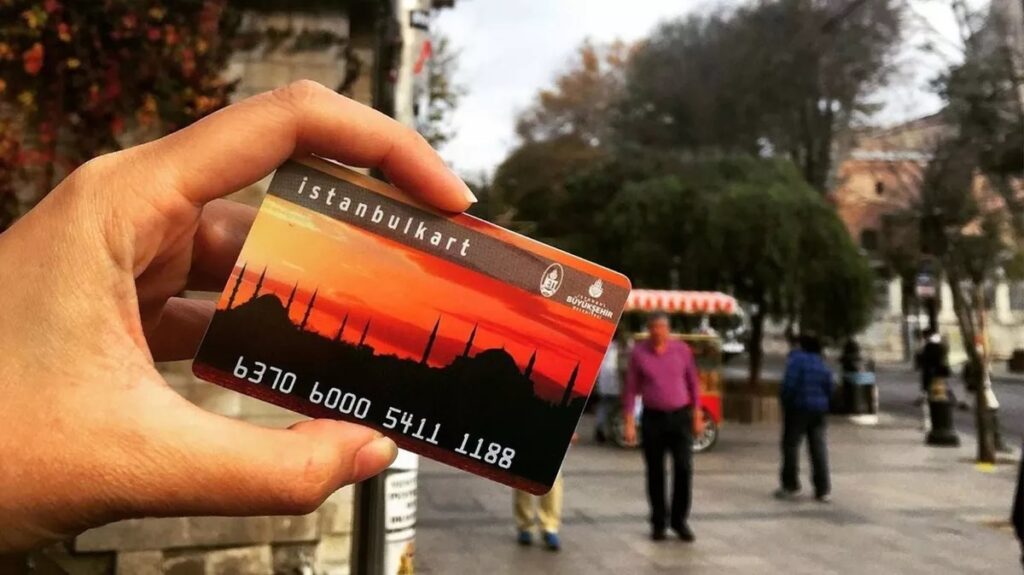
Akbil (Istanbul Public Transport Pass)
The Akbil system—short for “akıllı bilet” (meaning “smart ticket”)—is one of the most convenient features of Istanbul’s expanding public transportation network. Akbil is a compact electronic travel pass, roughly the size of a keychain button, designed to make commuting seamless across multiple modes of transport.
With Akbil, you can pay for nearly all public transportation options in Istanbul, including buses, trams, ferries, and the metro. However, it cannot be used on dolmuş (shared minibuses). Simply tap your Akbil at the card reader when boarding to pay your fare.
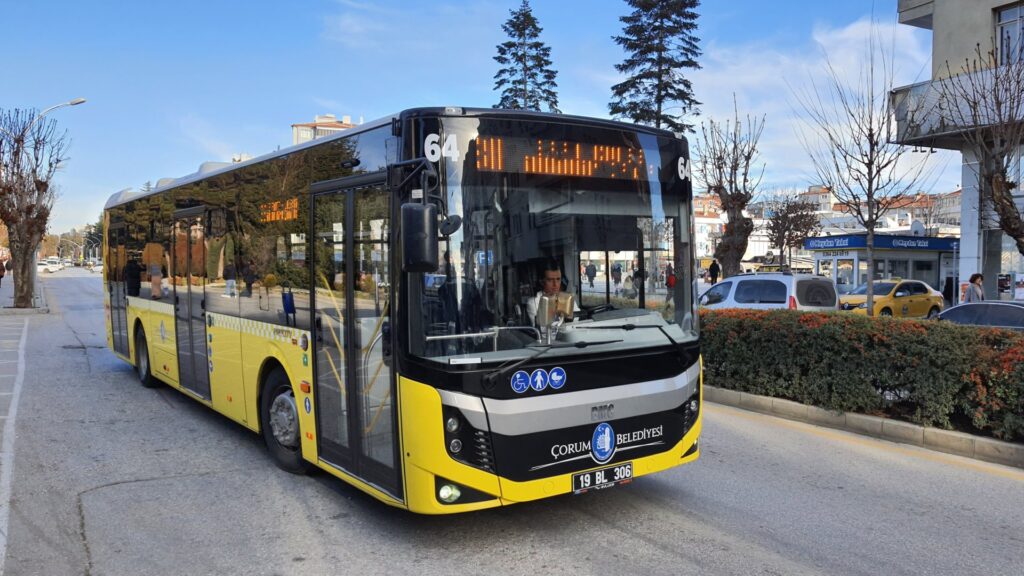
City Buses in Istanbul
City buses connect almost every part of Istanbul, but they can become very crowded, especially during peak hours. Each bus route is identified by a bold number, often followed by a list of major districts it passes through.
There are two main types of buses in operation:
Belediye buses – Run by the city municipality. These buses require an Akbil for boarding.
Private buses – Privately operated but part of the official network. You can pay either in cash or by using your Akbil.
Although official route maps are not widely published, you can ask for assistance at any major bus station to find the right line for your destination.
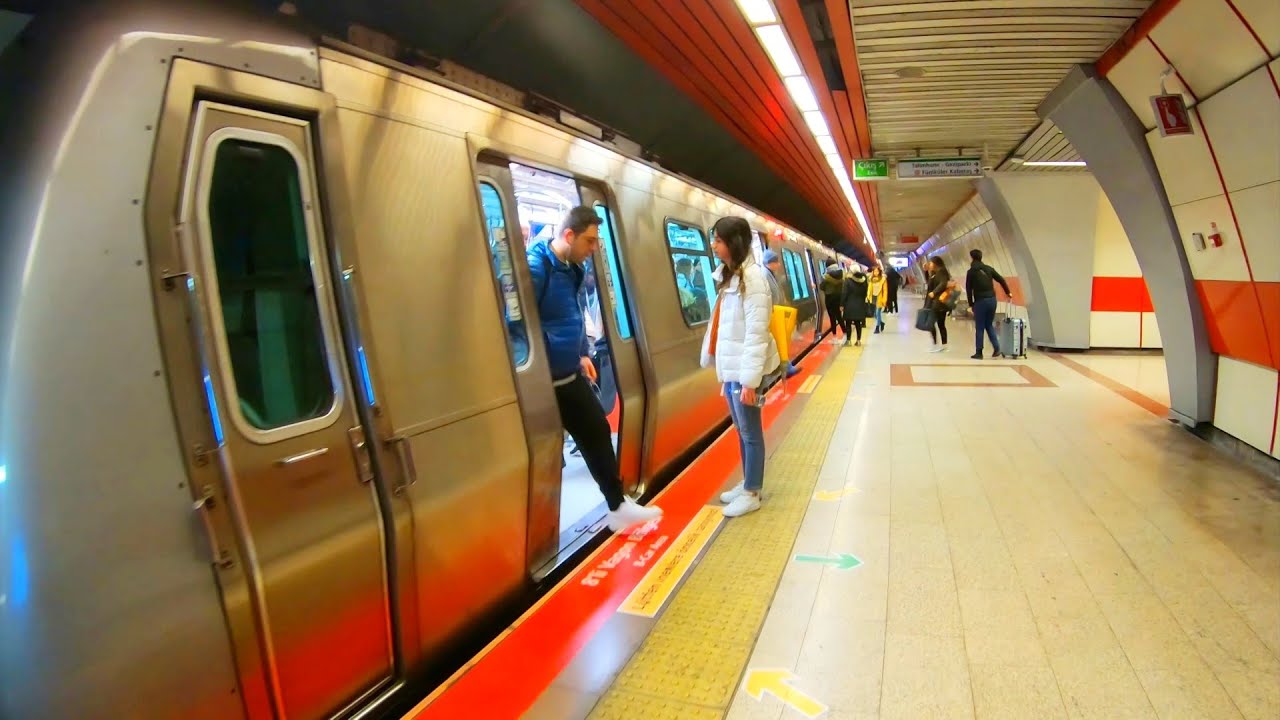
Metro
Istanbul is one of the earliest cities in the world to build an underground railway. The historic Tünel, constructed in the 1870s, still operates today between Karaköy and Beyoğlu, making it the second-oldest underground urban rail line in the world.
Modern expansion of Istanbul’s metro network is ongoing, with several lines now connecting key districts across both the European and Asian sides. The metro is a fast and efficient way to bypass traffic and navigate the city.
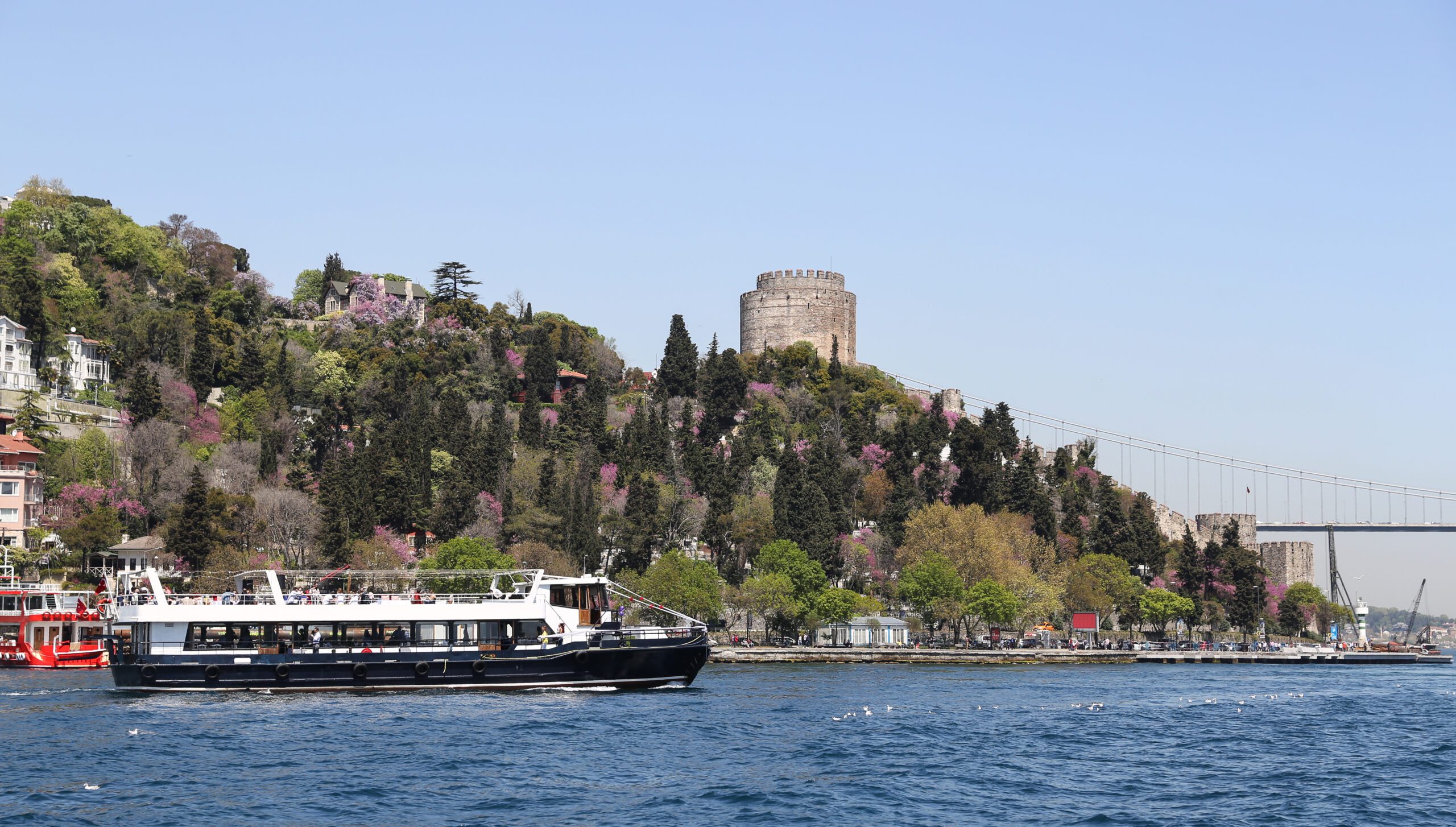
Ferries
Ferries are a scenic and relaxing alternative to city traffic. While they are slower than sea buses, they offer larger capacity and run frequently—typically every 15 to 30 minutes on most routes.
Ferries are especially recommended for trips across the Bosphorus or visits to the Princes’ Islands, offering passengers breathtaking views of the city skyline and the waterway.
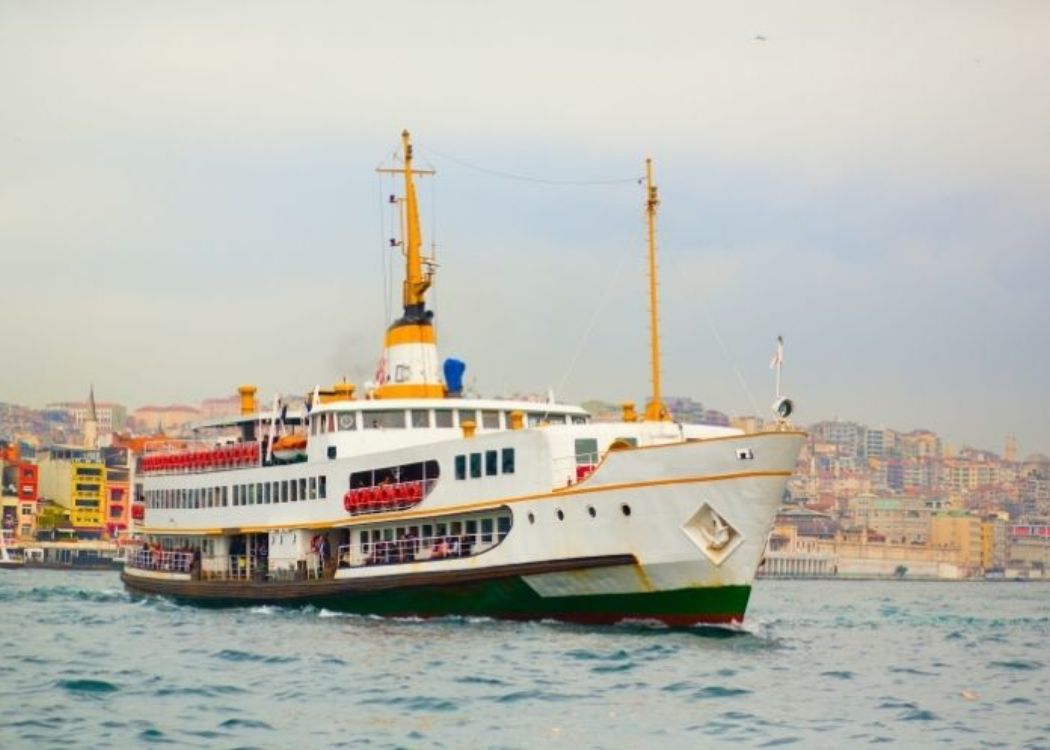
Sea Buses
Sea buses are high-speed catamarans that operate between key coastal points. They provide a quicker alternative to traditional ferries and are ideal for commuters or travelers on tighter schedules.
For schedules, tickets, and more information, visit www.ido.com.tr.
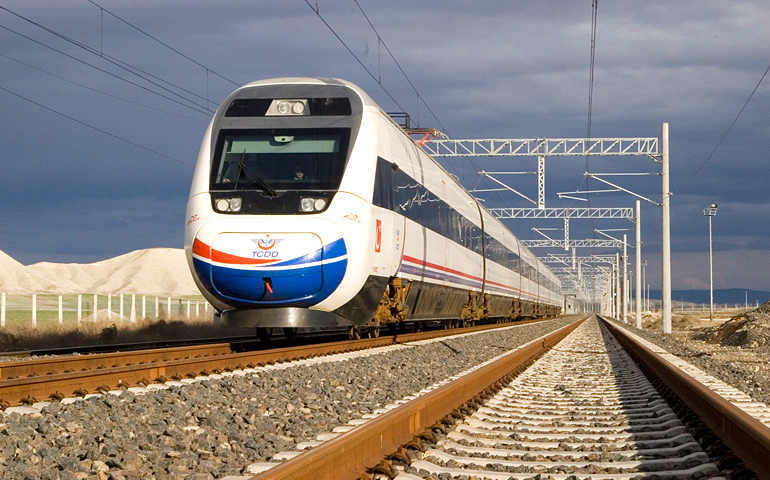
Trains (Urban)
Train service within Istanbul is limited and mostly serves residents commuting from suburban areas. While not typically used by visitors, there are two main commuter rail lines:
Sirkeci – Kumkapı – Zeytinburnu – Bakırköy – Yeşilköy – Kanarya – Halkalı
Haydarpaşa – Bostancı – Kartal – Pendik – Tuzla – Gebze
These routes are useful if you are staying near a station or planning to travel to outer districts.
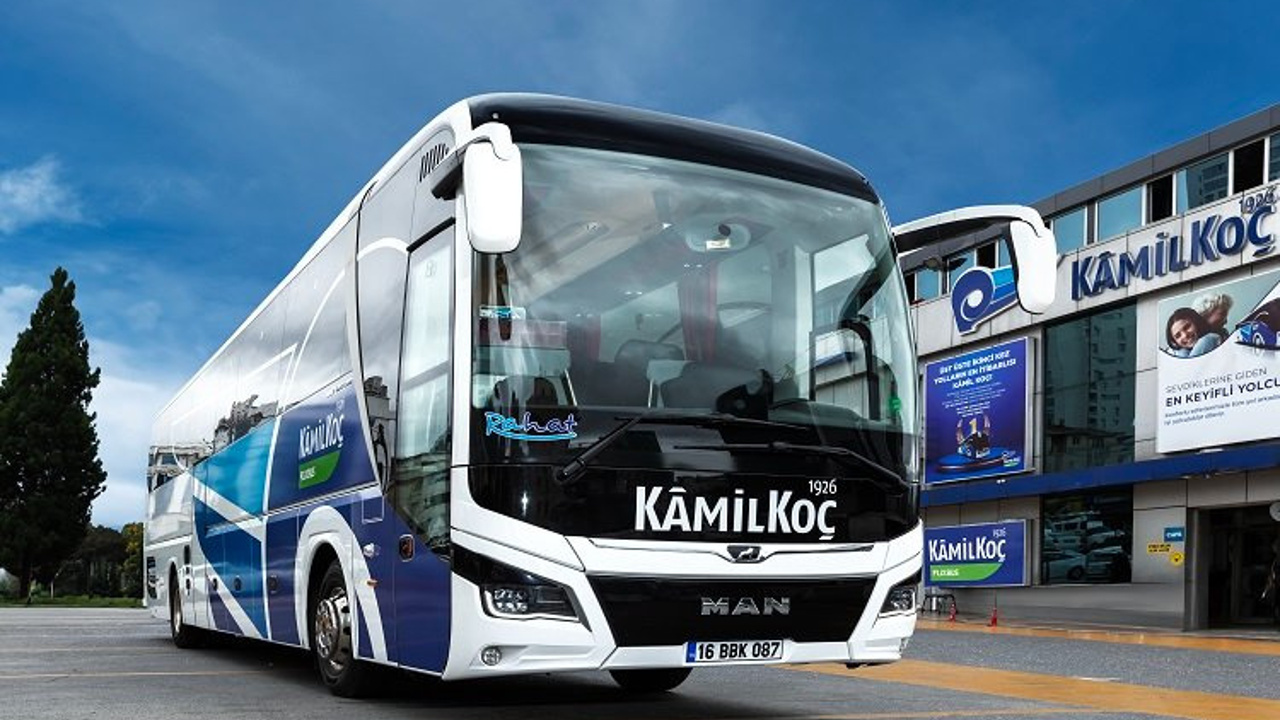
Intercity Coaches (Long-Distance Buses)
Long-distance buses are the most popular and cost-effective way to travel between cities in Turkey. Numerous private coach companies operate across the country, offering varying levels of comfort, service, and pricing.
To find the most reliable operator, it’s best to ask locals or consult reviews. During national holidays or peak travel seasons, it’s highly recommended to book your seat in advance.
The two main coach terminals in Istanbul are:
Istanbul Otogar (Esenler Bus Terminal) – European side
Harem Bus Terminal – Asian side
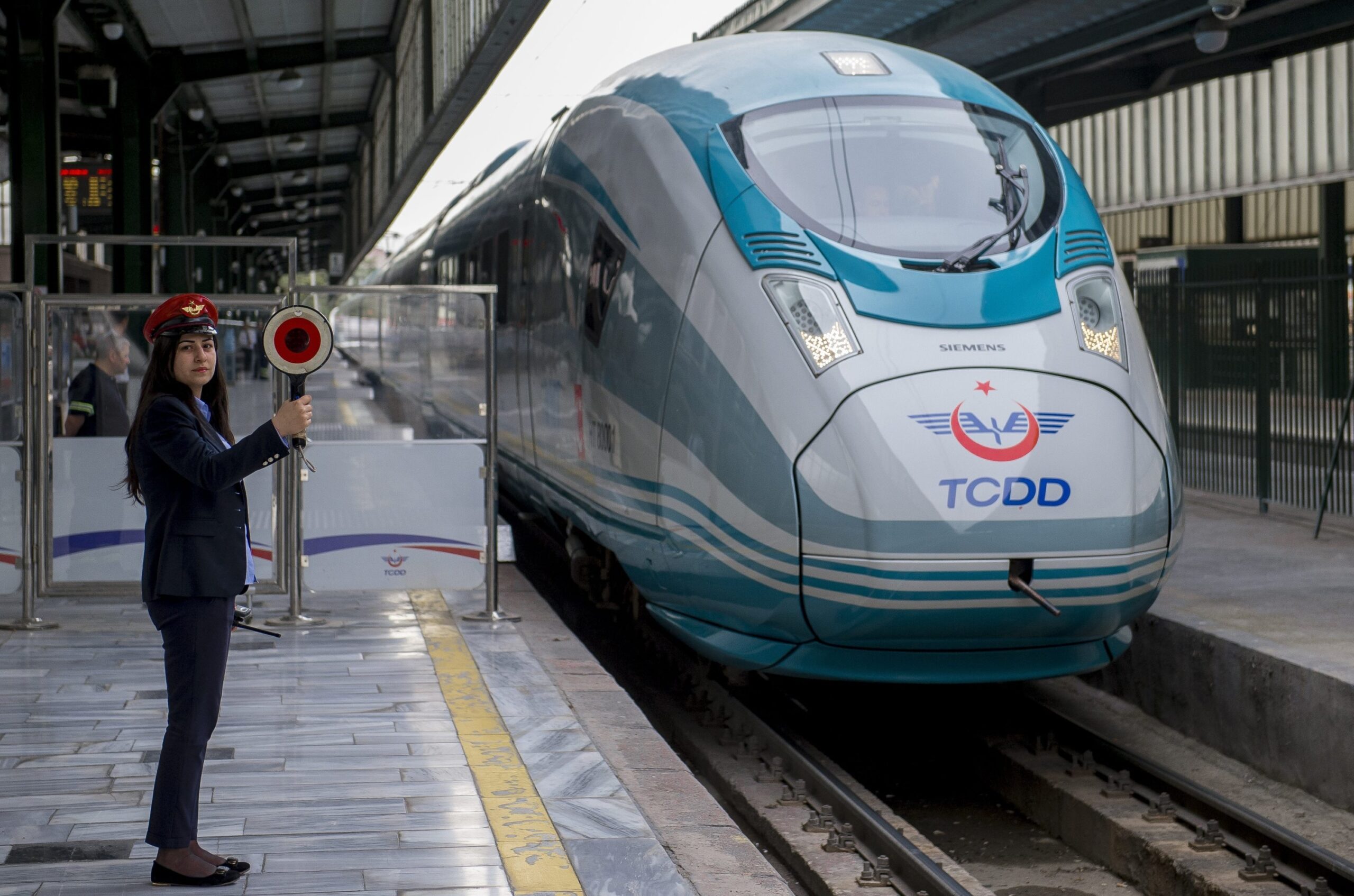
Turkish State Railways (TCDD)
The Turkish State Railways (TCDD) offers intercity train service across the country. For the best experience, opt for the Blue Train (Mavi Tren) or other express/motor trains, which are faster and more comfortable than regular services.
Advance reservations are required for better trains and especially for sleeping cars. The two main railway stations in Istanbul are:
Haydarpaşa Station (Asian side)
Sirkeci Station (European side)
For information and reservations, call: (0212) 527 00 50 – 51